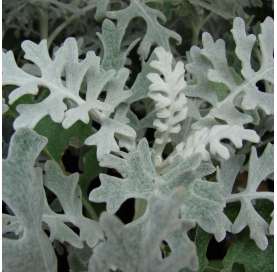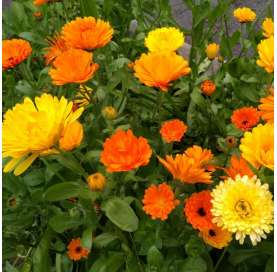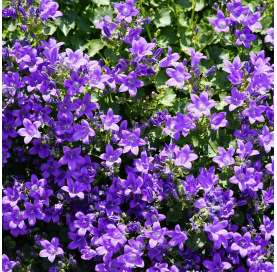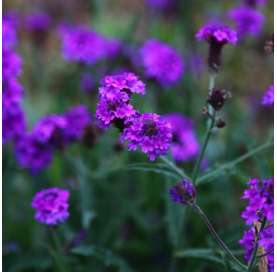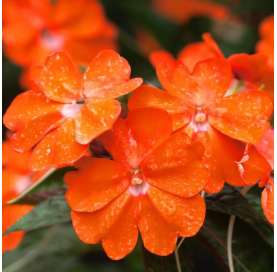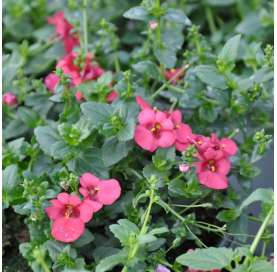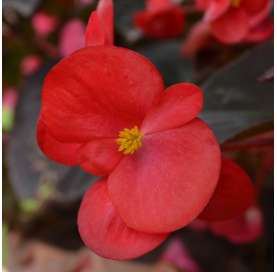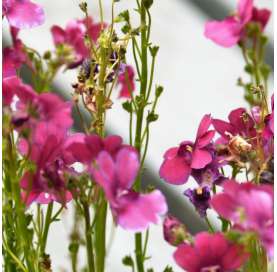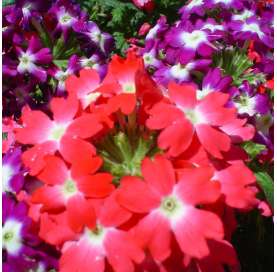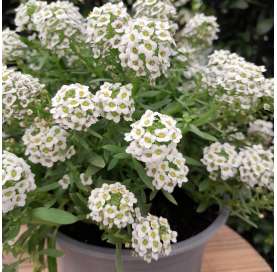Zinnia elegans
Zinnia is one oc the most recommended bedfing flowers durind summer.
 Encrypted payments for greater security
Encrypted payments for greater security
To reduce the plant's time in transit, shipments are made from Monday to Wednesday.


Shipping only to mainland Spain and mainland Portugal
Description of Zinnia elegans
Zinnia elegans, commonly known as Zinnia, is an annual herbaceous plant celebrated for its vibrant and colorful flowers. Native to Mexico, Zinnia has become one of the most popular garden flowers worldwide. Its flowers come in a wide range of colors, including red, pink, yellow, orange, purple, and white, often featuring a bright yellow center. Zinnia flowers can be single, double, or semi-double, resembling daisies. The plant can grow between 30 and 120 cm in height, depending on the variety.
History of Zinnia elegans
Zinnia elegans was first discovered in the 18th century and is named after Johann Gottfried Zinn, a German botanist who was one of the first to classify it. Since then, Zinnias have been widely cultivated in gardens around the world for their ability to bloom abundantly during the warm months. They have been cherished for their ease of cultivation and their ability to attract pollinators such as bees and butterflies.
Care of Zinnia elegans
- Light: Zinnia elegans prefers full sun. It needs at least 6 hours of direct sunlight daily to bloom profusely.
- Soil: It thrives best in well-drained, fertile soil, though it is quite adaptable to different soil types as long as they are not overly wet.
- Temperature: Zinnia loves warmth and does not tolerate frost. The ideal temperature range for its growth is between 20°C and 30°C.
- Fertilization: It requires moderate fertilization. A balanced fertilizer every 4-6 weeks during the growing season is sufficient to keep it healthy.
Watering Zinnia elegans
Watering should be regular but moderate. It is important to avoid waterlogging, as excessive moisture can lead to fungal problems or root rot. Water deeply once the top layer of soil has dried out. In drier climates, more frequent watering may be necessary.
Pruning Zinnia elegans
Zinnia elegans does not require extensive pruning, but it is recommended to remove faded flowers to encourage the production of new blooms. This practice, known as "deadheading," also helps to prolong the flowering season. If the plants become too tall or unruly, they can be lightly trimmed to maintain a compact shape.
Curiosities about Zinnia elegans
- Zinnias are known for their ability to attract butterflies and bees, making them an excellent choice for gardens that aim to promote biodiversity.
- In the language of flowers, Zinnias symbolize thoughts of absent friends, constancy, and remembrance.
- NASA has successfully grown Zinnias on the International Space Station, making them one of the few flowers to have been cultivated in space.
- They are an excellent choice for cut flower arrangements due to their long-lasting blooms, which can stay fresh for up to two weeks in a vase.
This comprehensive guide on Zinnia elegans not only highlights its beauty and ease of cultivation but also provides gardeners and enthusiasts with all the necessary information to keep these plants blooming at their best.
Data sheet
- Name
- Zinnia elegans
- Origen
- originaria de Mexicco
- Height
- Dependerã de la variedad
- Colour
- Blanca, amarilla, naranja, rosa
- Flowering
- Summer
- Location
- Sun or partial shade
- Irrigation
- From moderate to few
- Applications
- In pots and containers, and in groups in the garden
- Sales format
- Pot of 13cms diametre
- Others
- Recommended temperature beteen 26°and 28°C
- Note
- Being the product a living plant and depending on the season, this plant could be received, in some cases, not exactly the same as in the photography, but as similar as possible, without impacting on quality of the same.sma.
12 other products in the same category:
-
-
Chlorophytum comosum....€2.20
-
-
Caléndula€4.90
-
Campanula addenda.€3.20
-
-
Sun patiens€3.50
-
Diascia barberae€3.50
-
Begonia big€3.50
-
Nemesia.€3.20
-
Verbena repens€3.30
-
Lobularia marítima.€3.50

 English
English Spanish
Spanish










